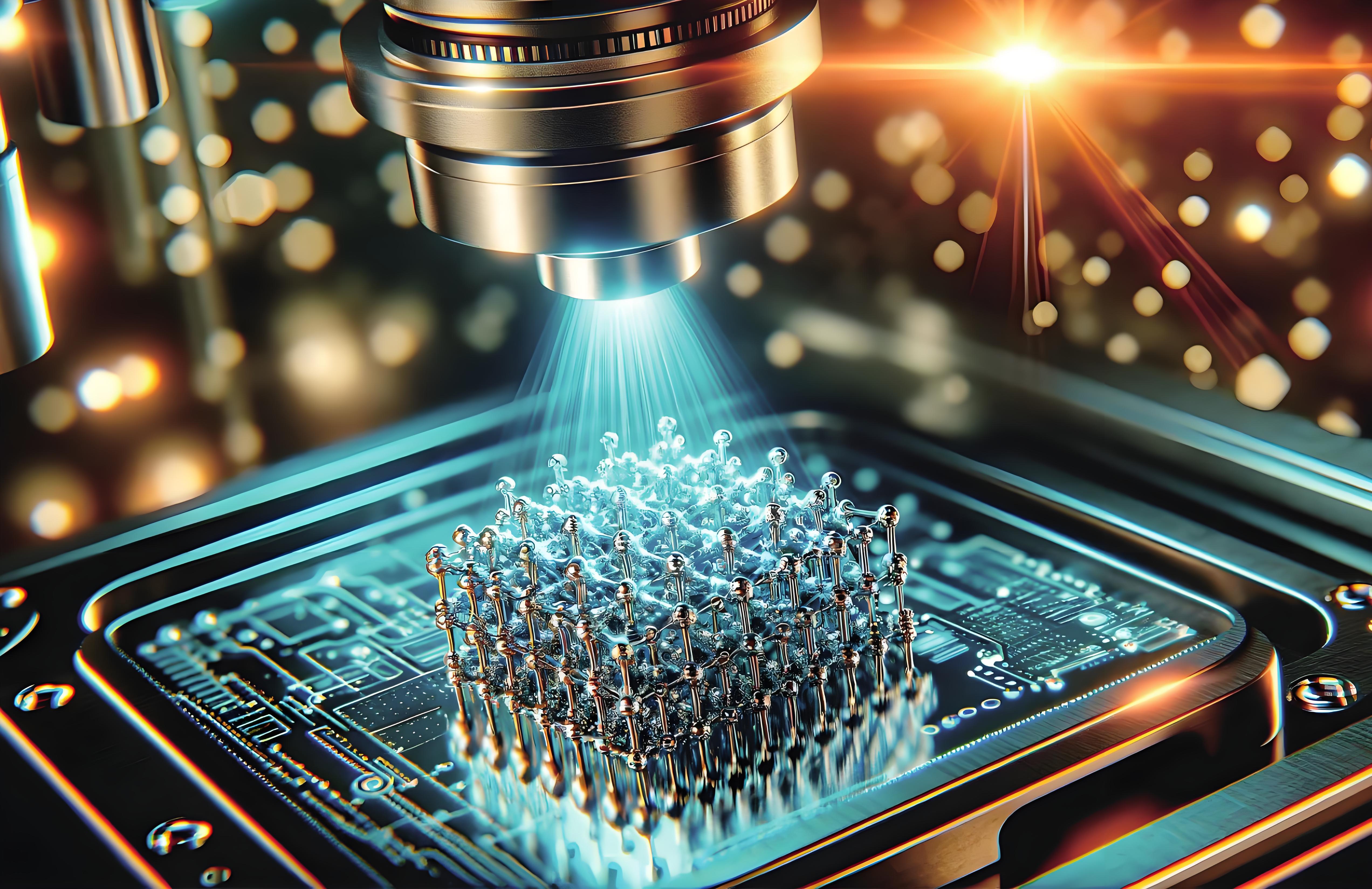Hits: 380 img

In the nanotechnology revolution, silicone
rubber serves as a "fundamental platform" for
fabricatingnanomaterials and constructing nanodevices due to its designability
and stability.
"Flexible Template" for Nanomaterials Preparation
Nanoparticle Synthesis: Silicone microreactors control reaction conditions to produce uniform gold/silver nanoparticles.
Carbon Nanotube Alignment: Surface-modified silicone guides directional CNT growth for flexible electronics.
Quantum Dot Encapsulation: Silicone protection enhances quantum dot luminous efficiency.
Case Study: A lab using silicone templates
achieved 5x higher reaction efficiency with nanocatalysts.
"Intelligent Interface" for Nanosenors
Gas Sensors: Silicone-supported metal oxide nanoparticles detect harmful gases like formaldehyde and CO.
Biosensors: Silicone-immobilized enzymes enable rapid detection of biomarkers like glucose and lactate.
Pressure Sensors: Silicone nanoporous structures sense 微小形变 for wearable applications.
Technical Breakthrough: MIT-developed
silicone-based nanosensors can detect single virus particles.
"Precision Carrier" for Nanomedicine Delivery
Targeted Drug Delivery: Antibody-modified silicone nanoparticles precisely target tumor cells to reduce systemic side effects.
Gene Editing Tools: Silicone-wrapped CRISPR-Cas9 complexes safely deliver to target cells.
Vaccine Adjuvants: Silicone nanoparticles enhance immune response, reducing antigen requirements for novel vaccines.
Innovation Direction: FDA-approved silicone-based nanomedicine showed significant efficacy in liver cancer treatment.
"Flexible Substrate" for
Nanoelectronics
Transparent Conductive Films: Silicone-graphene composites create flexible display substrates with <1mm bending radius.
Flexible Transistors: Silicone supports organic semiconductor growth for foldable electronics.
Wireless Charging Coils: Silicone-encapsulated nanocoils enable efficient energy transfer within 3mm.
Conclusion
Silicone rubber is driving the
nanotechnology revolution with "molecular-level" precision, providing
infinite possibilities from materials preparation to device construction across
biomedical and electronic fields. As nanotechnology advances, it may become the
"bridge material" connecting macro and micro worlds.
high transparency fumed silicone rubber